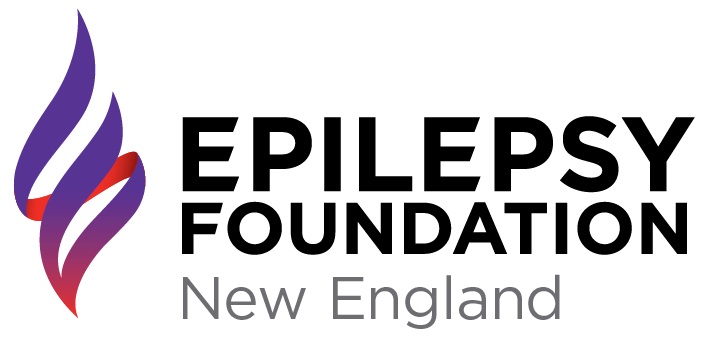Focal to Bilateral Tonic-Clonic Seizures
These seizures are called Focal to Bilateral Tonic-Clonic Seizures because they start in a specific area on one side of the brain and spread to involve both sides of the brain. Bilateral tonic-clonic seizures occur in more than 30% of people with focal onset epilepsy and usually last 1 to 3 minutes (although it may take significantly longer for a person to recover). A Focal to Bilateral Tonic-Clonic Seizure lasting longer than 5 minutes is a medical emergency.
Who is at risk for Focal to Bilateral Tonic-Clonic Seizure?
They can affect people of all ages who have focal onset seizures.
What is it like to have a Focal to Bilateral Tonic-Clonic Seizure and how can I tell if someone is having one?
These seizures are dramatic cannot be missed due to their sudden and forceful nature. They may begin with an aura or focal aware seizure or they may begin with a focal impaired awareness seizure that continues and changes into the bilateral tonic-clonic seizure.
The bilateral tonic-clonic part begins usually with stiffening of the muscles. Air being forced past the vocal cords causes a cry or groan. The person loses consciousness and falls to the floor. The tongue or cheek may be bitten, so bloody saliva may come from the mouth. The person may turn a bit blue in the face. The bilateral tonic-clonic, convulsive phase of these seizures usually lasts no more than a few minutes.
After the tonic phase comes the clonic phase. The preceding focal onset seizure is usually very brief, and is often hard to detect. The arms and usually the legs begin to jerk rapidly and rhythmically, bending and relaxing at the elbows, hips, and knees. After a few minutes, the jerking slows and stops. Bladder or bowel control sometimes is lost as the body relaxes. Consciousness returns slowly, and the person may be drowsy, confused, agitated, or depressed.
It may be difficult to distinguish these seizures from Generalized Onset Tonic-Clonic Seizures, especially if they occur during sleep or are not seen by anyone else. Most convulsive seizures during sleep are Focal to Bilateral Tonic-Clonic Seizures.
What happens after a Focal to Bilateral Tonic-Clonic Seizure?
After the seizure, consciousness returns slowly and the person may be drowsy, confused, agitated or depressed immediately after the seizure.Sometimes the person experiencing a Focal to Bilateral Tonic-Clonic Seizure does not recall the first (focal onset) part of the seizure. If the person does not return to normal, or if another seizure occurs before they return to normal, this may be a sign of an emergency situation known as status epilepticus that requires immediate attention in a hospital. Call 911.
How often will Focal to Bilateral Tonic-Clonic Seizures occur?
It depends and varies among people. Some people can have seizures one a day and others, several times a week, to several times a month or year.
How are Focal to Bilateral Tonic-Clonic Seizures diagnosed
EEG and MRI are often ordered by doctors and are helpful tests to tell the difference between Focal to Bilateral Tonic-Clonic Seizures (secondarily generalized) and Generalized Onset Motor Seizures (primary generalized).
How are Focal to Bilateral Tonic-Clonic Seizures treated?
Many seizures of this kind can be controlled with medication. If a person has convulsive seizures that are not well controlled with medication, testing may be needed to see whether they might be Focal to Bilateral Tonic-Clonic Seizures that begin in a limited area of the brain. If they do begin in one area, surgery could be an option for treatment. Devices and diet therapy are also used to treat Focal to Bilateral Tonic-Clonic Seizures.
What should I do if I think my child, loved one, or myself may have Focal to Bilateral Tonic-Clonic Seizures?
If you think your child, loved one or yourself may be having Focal to Bilateral Tonic-Clonic Seizures, it is important to let your doctor know your concerns right away. Uncontrolled seizures may lead to injury, memory impairment and in some rare cases death. Getting a diagnosis and treatment is of utmost urgency.

